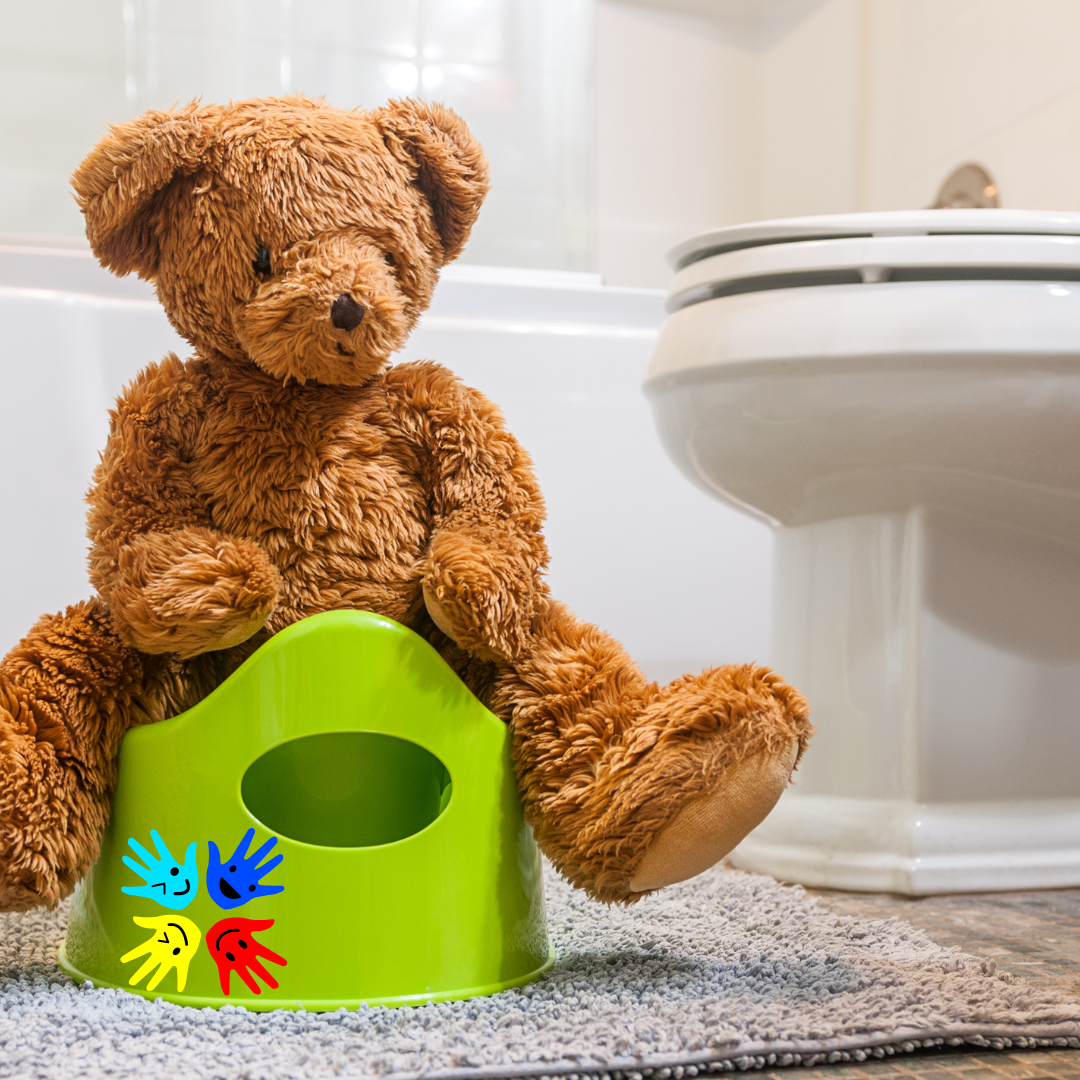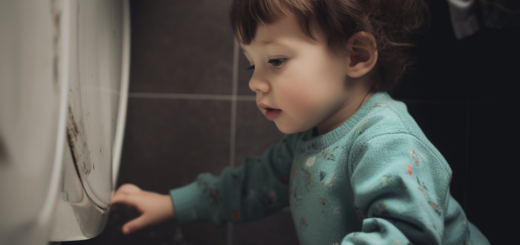How to Toilet Train an Autistic Child: The Complete Pack

When we set out to learn how to toilet train an autistic child, we were initially daunted by the task ahead of us. Luckily, plenty of autistic children have learned how to do this before us, and they have shared their strategies with us so that we can follow in their footsteps! This list of everything you need to successfully toilet train your autistic child will take away the guesswork and leave you with all the information you need to start raising your child more independently.
Things you will need
Toilet training an autistic child can be more challenging than potty training a neurotypical child. However, it is still possible, and there are a few things you will need to make it happen:
- You will need patience. A lot of patience.
- You will need a positive attitude and plenty of encouragement.
- You might consider using a toilet training seat or step stool to help your child feel more comfortable and secure.
Preparing for toilet training
Toilet training can be daunting for any parent, but if you have an autistic child, there are some extra considerations. Here are a few things to § as you prepare to toilet train your autistic child
1) Help your child get used to being near the toilet or potty. You may want to sit on the potty with them or place them on it so they can experience sitting on it without actually using it themselves.
2) Make sure you have low expectations for this first time around. It’s going to take time and patience, and that is okay!
3) Have your child wear underwear during the day at home, even if they don’t do anything. Give them more time than usual between bathroom breaks to see how long their bladder will last before having an accident
4) Take your child out in public once they have mastered peeing and pooping at home. After all, you want them to feel confident while out of the house too!
5) Have your child use a sticker chart and put a star next to each day they do not have an accident. Also, give them some praise for their success!
Step 1: Settle on a potty seat.
There are a few things you need to consider when choosing a potty seat for your autistic child:
- You need to decide if you want a standalone seat or one that goes over the toilet.
- It would help if you considered the features most helpful for your child.
- It would help if you found a seat that is the right size and height for your child.
Here are a few potty seats that we recommend
Step 2: Start using underwear.
Now that you’ve talked to your child’s doctor and prepared everything you need, it’s time to start using underwear. Undoubtedly, there will be accidents at first – that’s normal. The key is to remain patient and consistent. Here are a few tips to help you get started
1) Find a potty that your child can sit on comfortably without being too high or too low
2) Avoid big kid toilets until they’re ready for them
3) Try different underwear styles until you find the one that works best for them 4) Keep reading about the process with them, so they know what to expect
Step 3: Get ready for success!
Before you start toilet training, you must get everything you need to be prepared for success. Here’s a complete list of what you’ll need
1) A toilet seat cover
2) A waterproof mat to protect the floor
3) Plastic storage containers for accidents (you should always have at least one full container on hand).
4) Tissues or baby wipes
Step 4: Avoid failure with rewards and consequences.
It’s essential to set up a system of rewards and consequences for your child when toilet training. This will help them understand what is expected of them and what they can expect in return. Rewards can be something as simple as a sticker or verbal praise, while consequences could be losing privileges or cleaning up their accidents. Use the same system every time you give a reward or value to make sense to your child.
Bonus Tips for Successful Autism Toilet Training
1. Start with the basics. Teach your child how to use the toilet and why it’s essential.
2. Make a schedule and stick to it. A consistent routine will help your child know when it’s time to go.
3. Reward good behavior. Positive reinforcement will encourage your child to keep up the excellent work.
4. Be patient. Toilet training can be long and frustrating, but remember that every step forward is a success.

